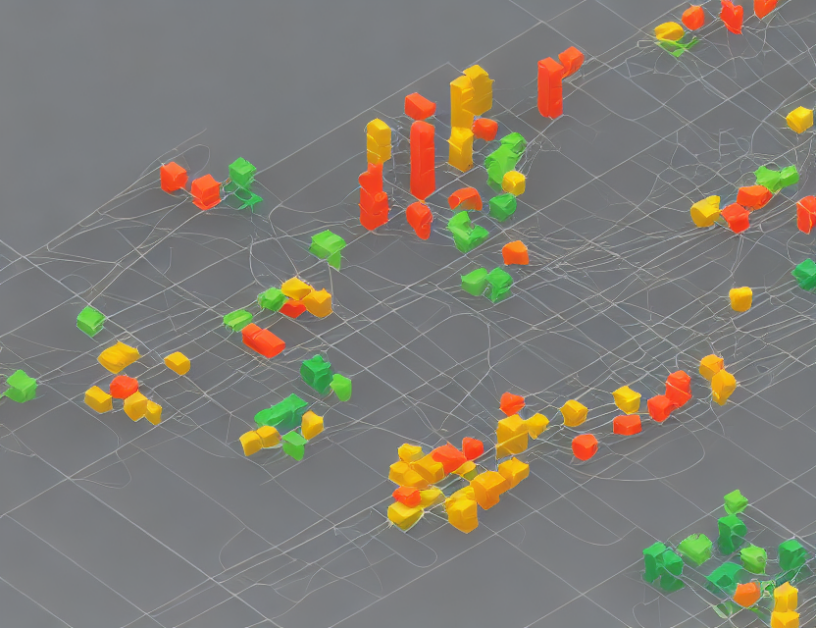In this article, we delve into the impact of word distribution on the robustness of KV’s algorithm, a widely used technique for approximate similarity search. We discuss how the average length of random words (represented by the parameter µ) affects the information gain of the algorithm, with experiments conducted on various noisy devices.
To better understand this concept, imagine a messy desk where objects are scattered randomly. Just like how we need to organize the desk before searching for specific items, KV’s algorithm needs to tidy up the word distribution in the dataset first. The parameter µ determines the level of organization, with higher values resulting in more organized words.
Our experiments show that as µ increases, the information gain initially increases but then decreases. This makes sense since too much organization can lead to a lack of diversity in the words, making it harder to identify similar ones. Think of it like a library where books are too neatly arranged – it’s challenging to find the exact book you’re looking for amidst all the orderliness.
We also investigate the impact of word distribution on the algorithm’s robustness by analyzing how different noisy devices affect the information gain. Surprisingly, we discover that the best and worst cases are eliminated to ensure a balanced average. Visualizing these results, imagine a set of traffic lights – when the noise is low, the signal remains steady, but when it increases, the lights flicker more.
In addition, we analyze the executions’ behavior as a function of accuracy (represented by the pair (ε, δ)) and the number of rounds. Think of it like a game where you need to guess the exact number to win – too many rounds may lead to over-optimism, while too few rounds might result in underestimation.
In summary, this article delves into the intricacies of word distribution and its impact on KV’s algorithm’s robustness. By exploring the parameter µ, analyzing noisy devices, and examining execution behavior, we gain a deeper understanding of how to optimize this technique for approximate similarity search. Just like organizing a messy desk, tidying up word distribution can lead to more accurate results – but too much orderliness can be detrimental.
Computer Science, Formal Languages and Automata Theory
Learning Regular Sets from Queries and Counterexamples



